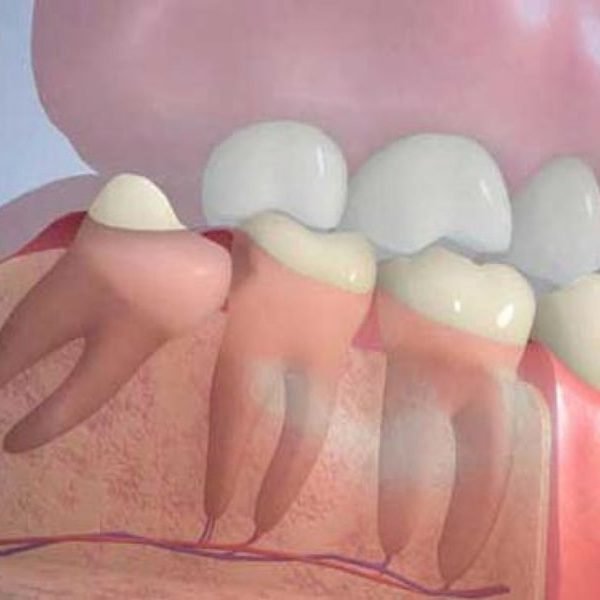Wisdom teeth are the most posterior teeth in the upper and lower jaws and there are normally 4 of them in each individual. Depending on the severity of the space constriction in the jaws, they may not be able to come out at all or they may not be able to come out completely.
Wisdom teeth cause pain, swelling and infection and can destroy adjacent teeth and surrounding bone. Symptomatic (clinical sign) wisdom teeth removal relieves pain and discomfort and improves oral health and function.
One study found that about one-third of asymptomatic, unerupted wisdom teeth change position over time, resulting in partially erupted but non-functional or unhygienic (unbrushable) wisdom teeth.
It has been found that 30% to 60% of people with previously asymptomatic impacted wisdom teeth become symptomatic over time.
For this reason, it is thought that wisdom teeth that do not participate in oral function (chewing) should be extracted even if they are asymptomatic. Extraction of wisdom teeth is usually performed under local anesthesia, painlessly and comfortably.
Although it varies from patient to patient, post-operative pain, edema, hematoma (blood collection under the tissue) and trismus (muscle contraction) are among the expected complications.
Patients are recommended painkillers, antibiotics and mouthwash after the procedure. Ice compress application is recommended after the operation as it reduces edema and pain.








